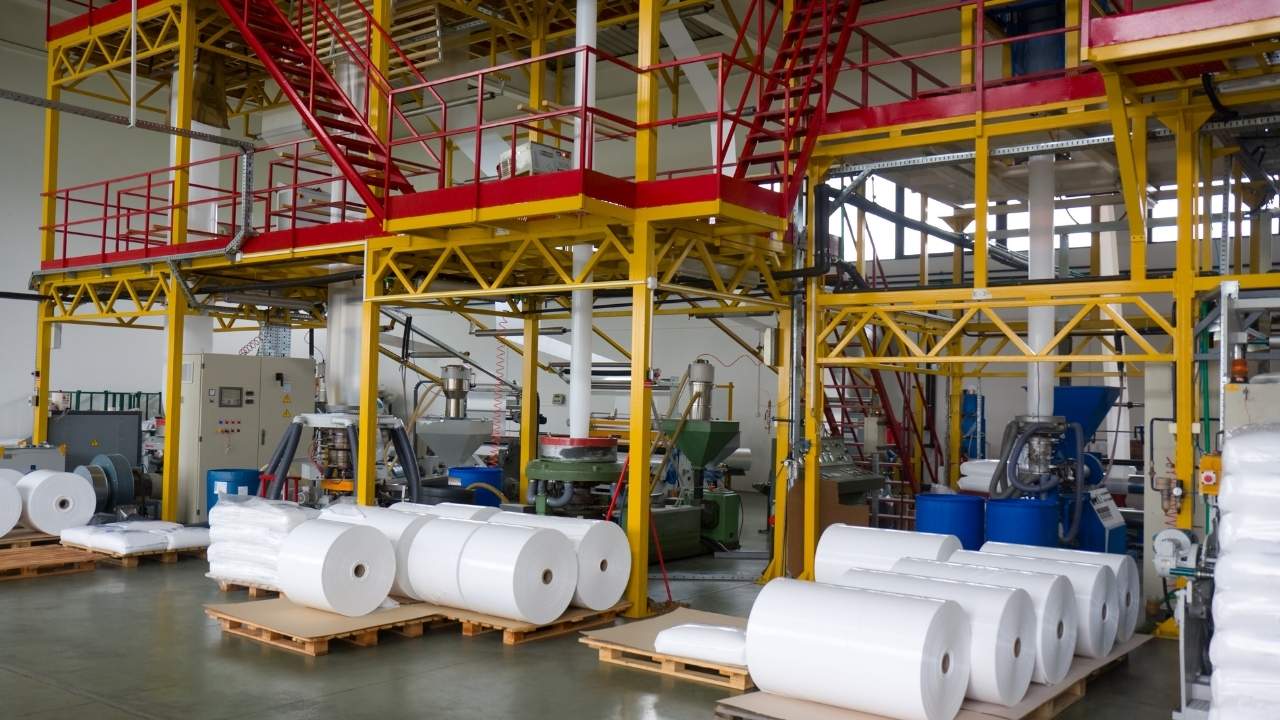Versa eCommerce is built for a modern versatile business that makes managing a Shopify Store easy. With automatic inventory, order product sync. Let’s explore Payment Sync
Shopify & Versa: Payment & Refund Sync
I. Payment
Default payment term to assign for customers created from imported orders: Specify the payment term to assign for new customers created. For instance, a user can specify where to record the payments received on orders for each facility (facility = Location in Shopify).
Record Payment Received In GL Account: Versa uses a cash account to record the payment received in your webstore. You should generally create a separate Asset account (with account subtype set to Cash) in your chart of accounts (General Ledger Menu, Chart of accounts) to store payment recorded in the store. When you have received a deposit from Shopify, you use a GL entry to move the amounts minus any fees to an actual bank account.
Record Paypal Payment Received In GL Account: The payment account to use for Paypal accounts. Can be the same as the Record Payment Received In GL Account.
II. Refund
You need to provide the setting per Facility (Facility = Location in Shopify)
When importing refunds in Shopify, Versa needs to know which account to return the expense and which asset account to refund the money from. Specify both accounts here. If you want to record the refund expense in accounts receivable, turn it on.
Account to Record Return Expense: A user generally selects an expense account for recording such transactions. Choose an expense account to record for the loss of revenue from refunds.
Account for Refund/Return: For a return by customers, you either give the customer a cash refund or a credit. Choose the account to record the cash refund or credit. Generally, a Cash type of account would be chosen.
Use Account Receivable For Refund: If you want to use accounts receivable instead of a cash account to record the refunds. Not recommenced.
Versa eCommerce is Easy, Automatic, and Affordable!






